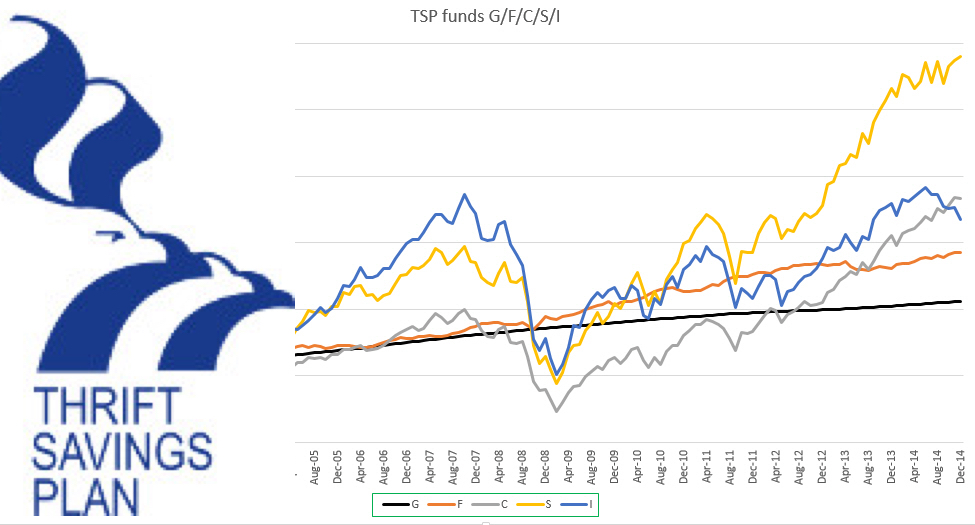New Withdrawal Options with the TSP: 5 Common Questions

After many years of asking, the agency responsible for the TSP (Thrift Savings Plan) has now announced the addition of more withdrawal options for its many participants. Announced in October, this was then followed by a Q&A session for all federal employees expecting to either leave service or retire soon; the Securities and Exchange Commission (SEC) partnered with the TSP for the growing World Investor Week.
While the floor was open for all questions regarding the SEC and TSP, representatives from the two were inundated with questions about the new changes to withdrawal options (perhaps unsurprisingly!). Today, we’re going to cover some of the main topics that arose from the seminar but, if you happen to have a spare couple of hours, the video should now be live to access on the SEC website.
Below are five common questions!
What new options are available?
As perhaps the most obvious question of all, the biggest change will be the ability to take one withdrawal every 30 days. For those still in service and above the age of 59 ½, a calendar year will allow four partial withdrawals from the TSP; however, the 30-day limit prevents more than one withdrawal per month.
There are no limitations, aside from the 30-day requirement, for those who no longer serve. As you’ll know, the previous rule allowed only one partial withdrawal after 59 ½ as well as for those who have left federal employment. For the latter, this could be taken in monthly payments or as a lump sum (before the age of 70 ½).
With the new rule changes, there are plenty more options and monthly, quarterly, and annual payments are available as a post-separation withdrawal. Throughout the year, all applicable participants can adjust their payments; this includes stopping and restarting the payments as required. Of course, this sees an end for the infamous ‘open season’ where changes could only previously be made during a period between October and December.
We should note that partial withdrawals are available while installment payments are being received. With the previous rules, participants no longer in service were forced to withdraw fully before 70 ½ (this would be taken as a lump sum, an annuity, or as monthly payments). With no decision made about withdrawal, the account would be abandoned by the FRTIB. This is changing and the deadline to make a full withdrawal is being removed. If somebody reaches this age without a full withdrawal and hasn’t decided how to take the money, the difference will be paid through RMDs (required minimum distributions).
As the changes are applied, notices will be sent to remind participants of their outstanding balance in their TSP. With these changes, we believe the system is a little clearer, and this is a huge advantage in itself.
When do the new TSP withdrawal options come into effect?
According to the Federal Retirement Thrift Investment Board (FRTIB), the new rules will be introduced by September 2019. Called the ‘TSP Modernization Act,’ the changes were actually passed by President Trump towards the end of 2017, and the FRTIB has two years to have them introduced. However, the FRTIB has been working hard, and sources suggest they were preparing new forms before the law even passed.
What if I retire before September 2019?
Don’t worry, you can still use the new TSP withdrawal options. As part of this new system where the participant has more control over withdrawals, the FRTIB has stated that nobody will be ‘grandfathered’ into choosing a withdrawal structure they don’t like. As well as keeping the options many TSP participants already have, people who retire before the magical date will be able to make changes to both the structure of their post-separation payment and the amount.
Do I have more control over where payments come from?
In the past, one problem participants have had is the fact payments are withdrawn proportionally from Roth and traditional accounts. For those who object to this method of withdrawal, there’s good news because participants control from which account the money is withdrawn. For those who have no problems with the current system, this will still be an option.
Are withdrawal forms going to change with the introductions?
While some forms will require minor tweaks, others will be changed entirely so bear this in mind as the changes occur. With this period of transition, we would recommend that those who no longer serve should only submit a form once their service has officially come to an end.
For married participants, the TSP will normally require notarized signatures from the partner so the correct forms can be found and printed from the website. Some participants may be separated, but there will still be a requirement of a signature from the partner.
Summary
Although the new changes can be a little confusing after many years of similar processes, this is certainly a positive step, and it should allow for more freedom when it comes to withdrawals. In the coming months, you’ll hear more and more about the incoming changes so be sure to stay up-to-date. If any colleagues have been asking these same questions, you can also point them in the direction of this guide!








